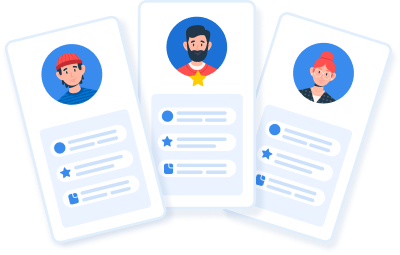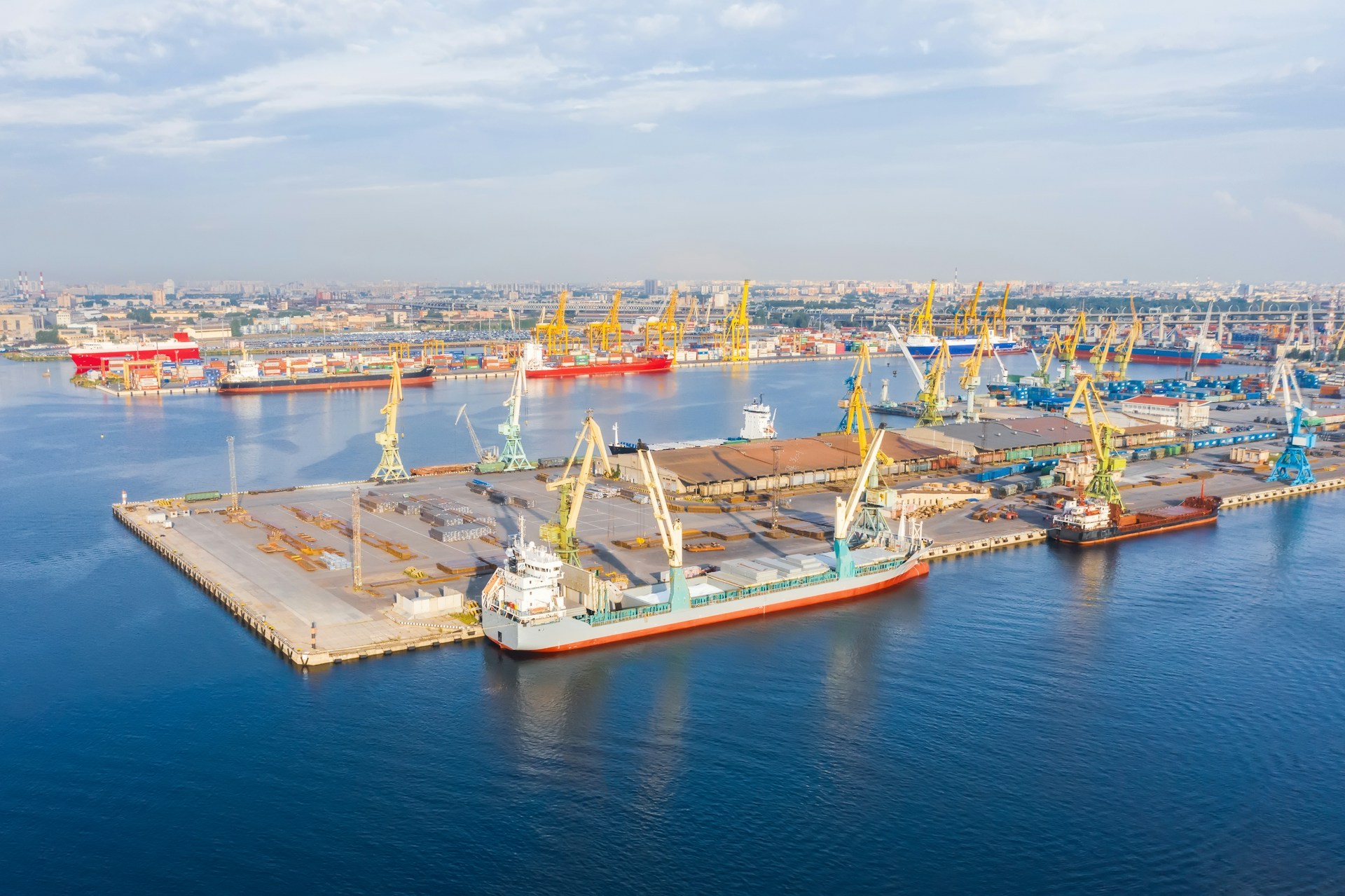November 5th is World Tsunami Awareness Day
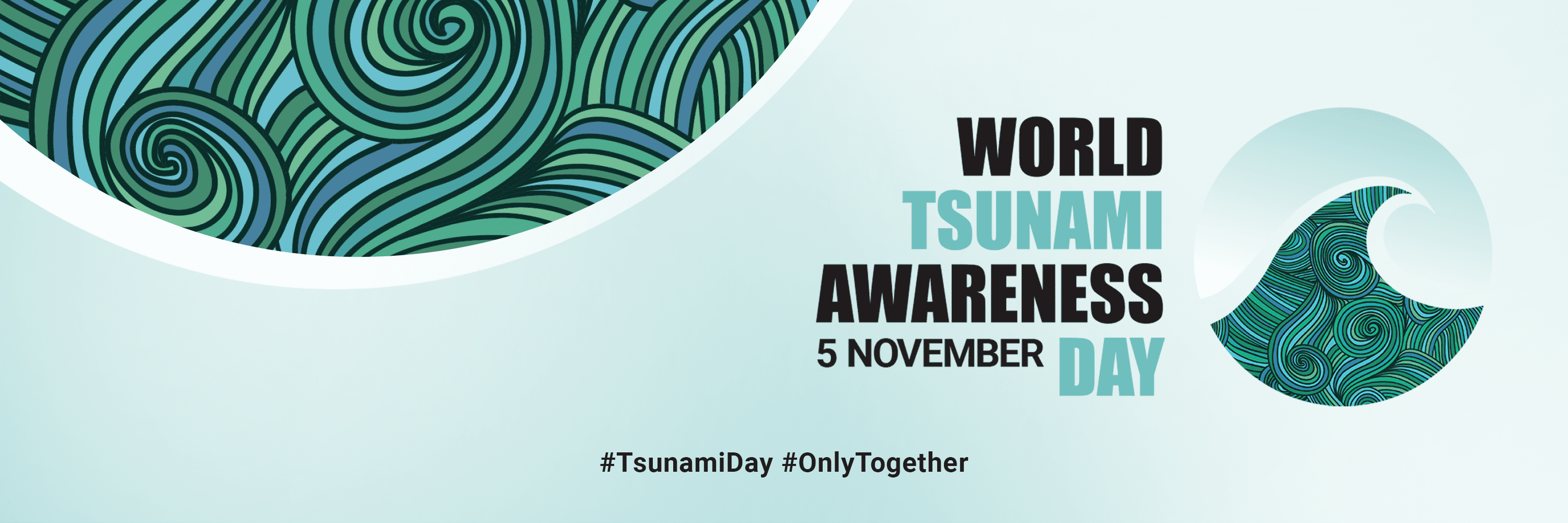
Each year, November 5th is World Tsunami Awareness Day. With that being two days from now, we thought it would be a timely opportunity to look at the origins of this day and find out more about tsunamis.
The tsunami is one of nature's most powerful and terrifying phenomena, and as anyone working in jobs at sea can tell you, the ocean is to be respected at all times.
What is World Tsunami Awareness Day?
The word tsunami is made up of two Japanese words: "tsu" (harbor) and "nami" (wave). The origins of World Tsunami Awareness Day lie in Japan, a country which is prone to tsunamis and has a tragic history with these deadly waves.
Read more: July 25th is World Drowning Prevention Day
But thanks to this savage history, over the years, it has enabled Japan to develop a deep understanding of, and expertise in, tsunamis. Particularly when it comes to taking action in the areas of early warning, damage limitation, and rebuilding in the aftermath of a tsunami.
The day was designated as an international observance day in December 2015 by the United Nations as they aimed to bring the subject to a wider audience through education and awareness, and to encourage international cooperation via the sharing of innovative approaches to risk management and reduction.
Read more: World Maritime Day 2022
Who is at risk from a tsunami?
Coastal areas and islands are, naturally, most at risk from tsunamis, however their impact can be felt surprisingly far inland too.
Homes, businesses, communities, infrastructure, schools, places of worship, industries, the local economy and the local ecosystem can all be left destroyed or severely damaged in the wake of a tsunami.
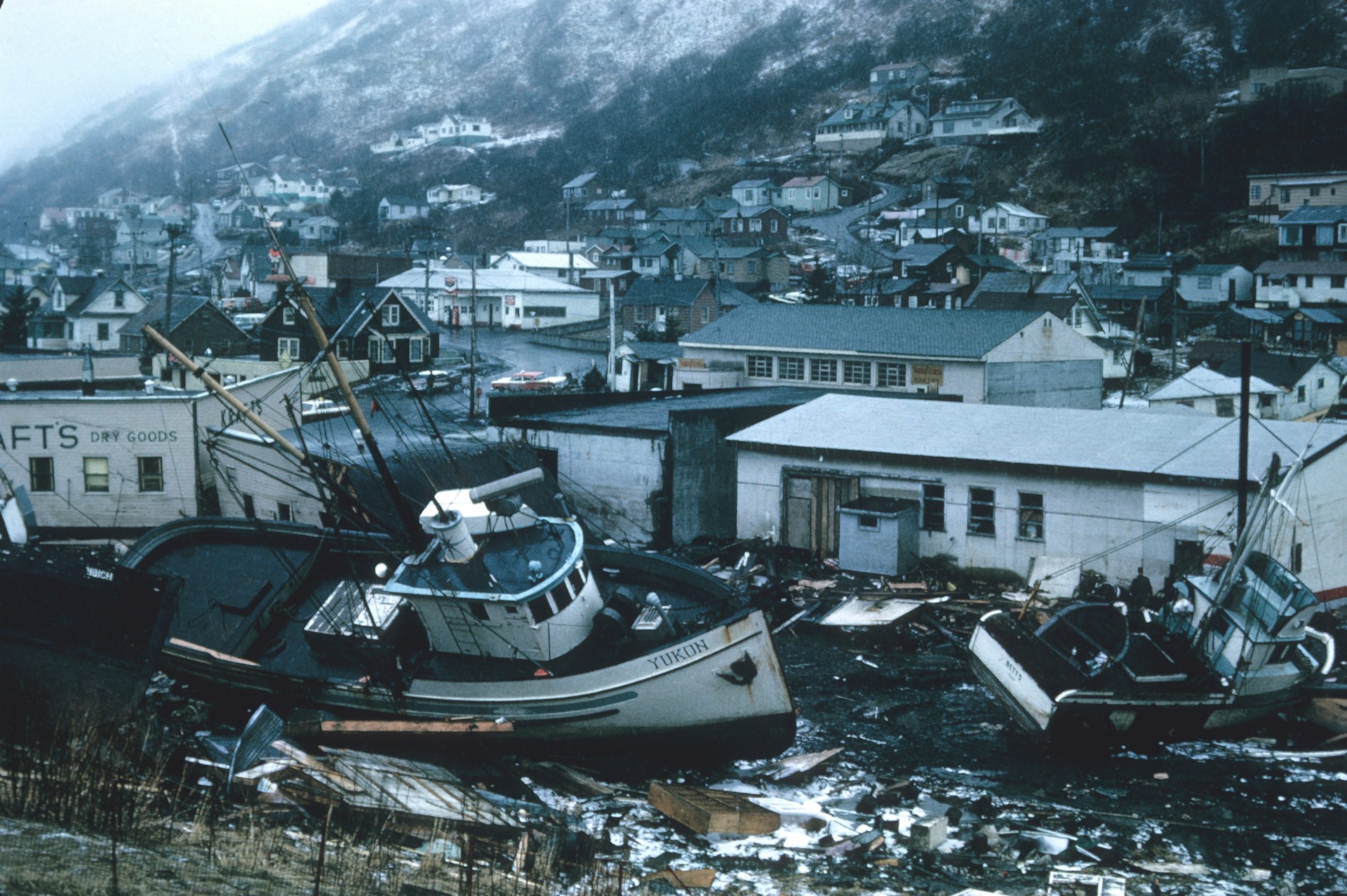
And of course, the loss of life is beyond devastating.
As per the United Nations:
“By the year 2030, an estimated 50 per cent of the world's population will live in coastal areas exposed to flooding, storms and tsunamis. Scaling up international cooperation to developing countries will help ensure that 100% of communities at risk of tsunami are prepared for and resilient to tsunamis by 2030.”
Just look at that statistic again: Half of the people living on earth in just eight short years are at increasing risk of destruction and loss of life due to our increasingly volatile weather systems.
Some shocking tsunami statistics
Thankfully, tsunamis are rare, but that doesn’t lessen the shock when one occurs. Consider that:
- Over the past 100 years, 58 tsunamis have claimed more than 260,000 lives
- That’s an average of 4,600 lives lost per tsunami, making it more than any other natural disaster
- The highest number of deaths during those 100 years was the December 2004 Indian Ocean tsunami which resulted in an estimated 227,000 deaths
- 14 countries were affected by the disaster with Indonesia, India, Thailand and Sri Lanka bearing the biggest brunt
What was the impact of the Indian Ocean tsunami?
The horrors of the Indian Ocean tsunami, which hit on December 26th, as many across the globe were celebrating the Christmas holiday spurred the international community into action.
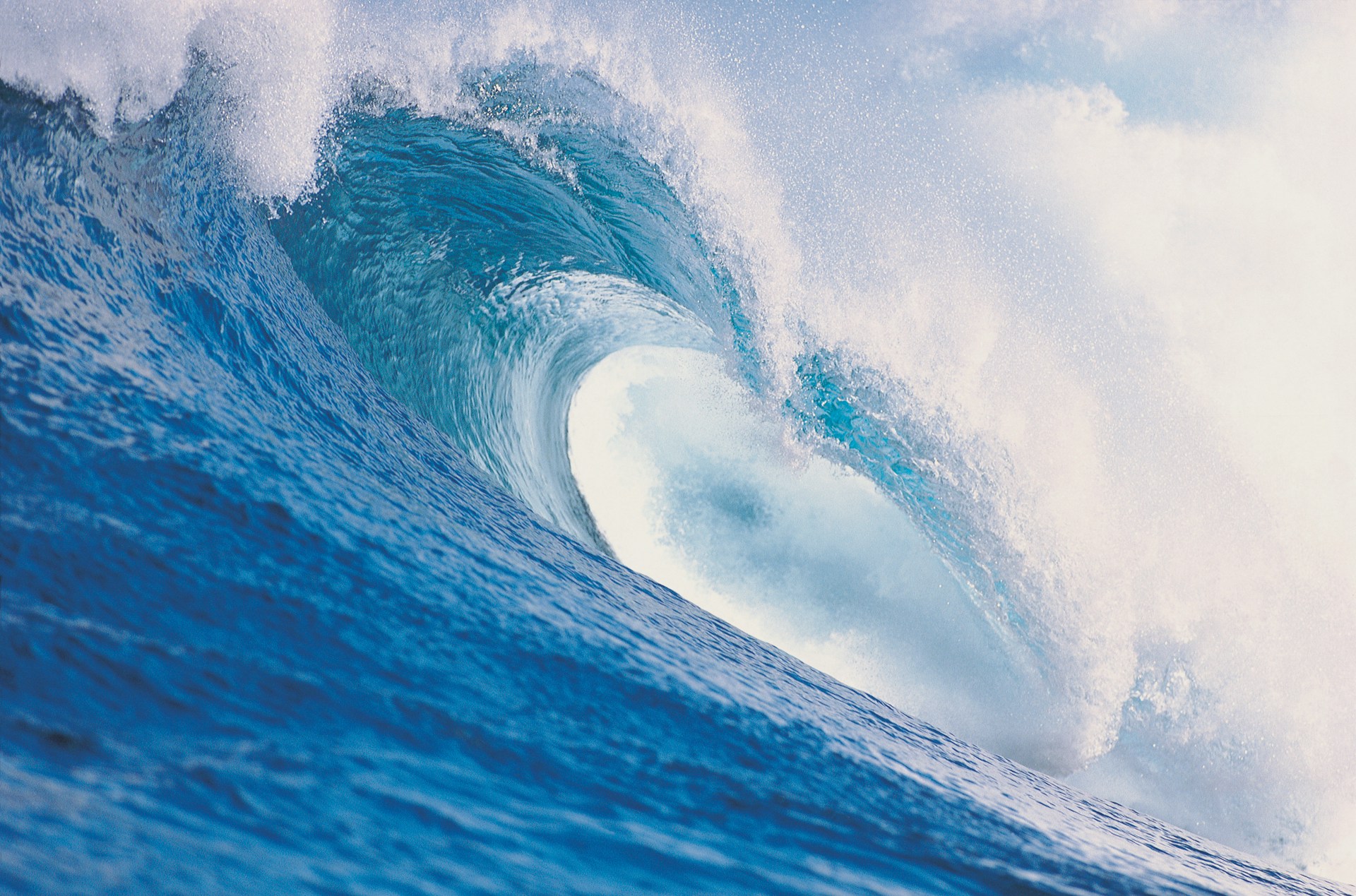
Just three weeks after the disaster, a meeting was held in Kobe, Japan in which governments across the globe agreed to adopt what would be the first comprehensive global agreement on disaster risk reduction, the 10-year Hyogo Framework for Action.
This came to an end in 2015, ten years after its implementation and was succeeded by the 15-year Sendai Framework which will be in existence until 2030.
One of the main objectives of this particular framework is to push risk reduction to the fore to reduce the loss of life in coastal regions which are becoming increasingly populated due to the growth of tourism and urbanization.
In addition to this, the Indian Ocean Tsunami Warning and Mitigation System was also created. The system comprises a multitude of seismographic and sea-level monitoring stations which circulate warnings to national tsunami information centers.
What causes a tsunami?
A tsunami is a series of huge waves that are the result of an underwater disturbance. The sea floor will move vertically, displacing vast amounts of water.
This is more often than not caused by an earthquake, but not always. Tsunami waves can be caused by:
- Underwater earthquakes
- Landslides (subaerial and submarine)
- Volcanic eruptions
- Asteroids and meteors
We'll look at each in a little more detail:
How do underwater earthquakes cause tsunamis?
A tsunami can be caused by movements along the fault zones that are associated with plate boundaries. The majority of earthquakes happen in subduction zones where an oceanic plate slides under a continental plate or another younger ocean plate.
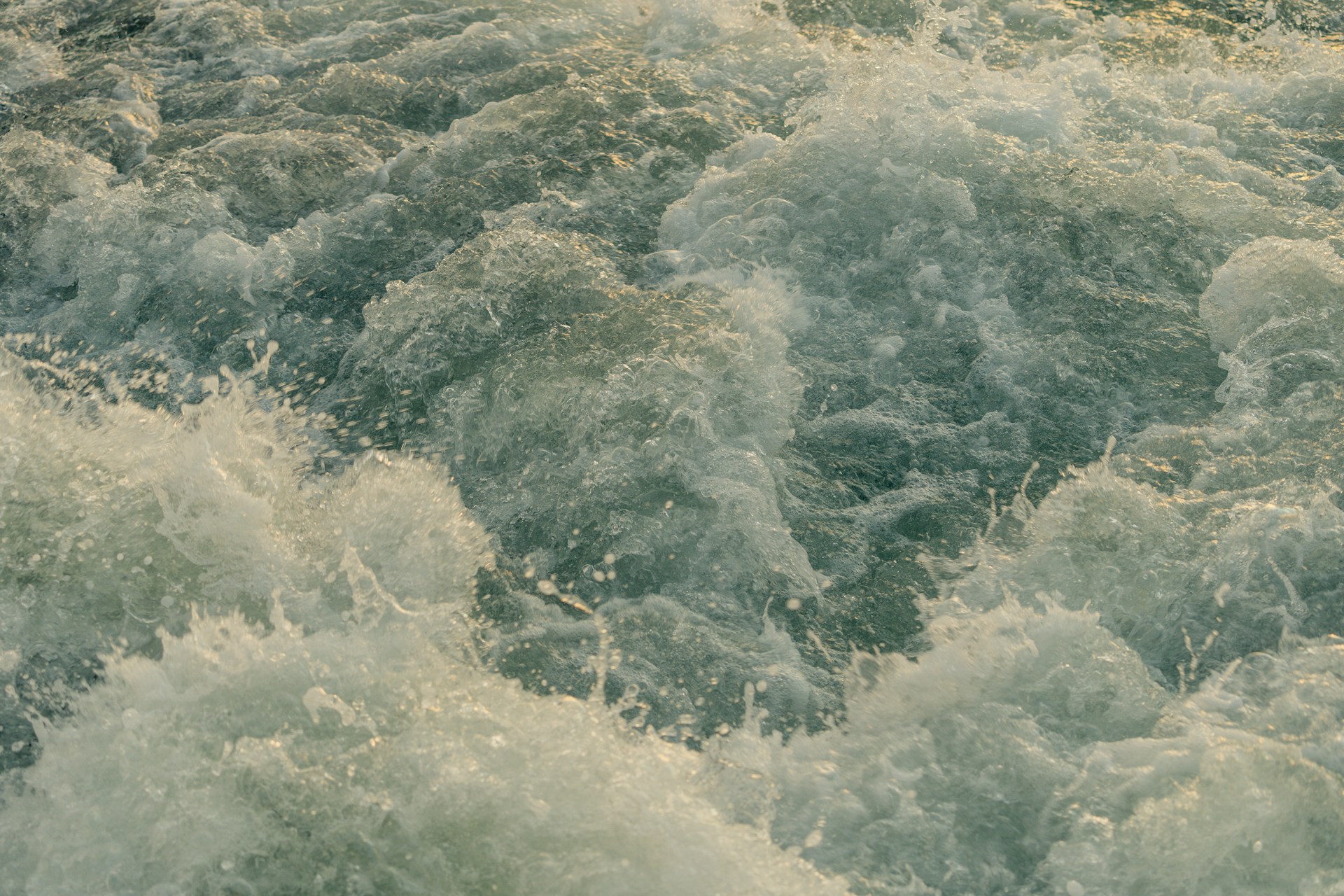
Not all earthquakes result in tsunamis, however: There are four necessary circumstances in order for an earthquake to generate a tsunami. These are:
- An earthquake must cause the sea bed to move vertically upwards by several meters.
- An earthquake must either happen beneath the ocean or lead to material sliding into the ocean.
- An earthquake needs to be at least 6.5 on the Richter Scale.
- An earthquake must take place less than 43 miles (70km) below the earth’s surface, resulting in a rupture of the surface.
How do landslides cause tsunamis?
If a landslide occurs in a coastal region, large quantities of quickly moving mass may enter the ocean, causing a displacement of water which results in a tsunami. This is known as a subaerial landslide.
Submarine (or underwater) landslides occur when material loosened by the landslide moves rapidly, displacing the water behind it and pushing the water ahead of it violently forward.
How do volcanic eruptions cause tsunamis?
Volcanic eruptions are a less frequent cause of tsunamis than earthquakes or landslides, but they can still cause a huge amount of damage when they do occur by displacing huge masses of water due to their disruptive forces.
How do asteroids and meteors cause tsunamis?
Rarer even than volcanic eruptions, no tsunamis caused by the collision of an asteroid or meteor has been recorded in recent times. However, experts agree that should falling extraterrestrial matter hit the ocean, a tsunami would be generated by the huge movement of water.
Why do tsunamis do so much damage?
A tsunami is not just one gigantic wave which hits the coastline and then recedes. Although this giant wall of water does indeed leave devastation in its wake, the reality is that the area of impact will suffer a relentless battering, often over hours with waves coming as frequently as every five minutes, or as far apart as an hour or more.
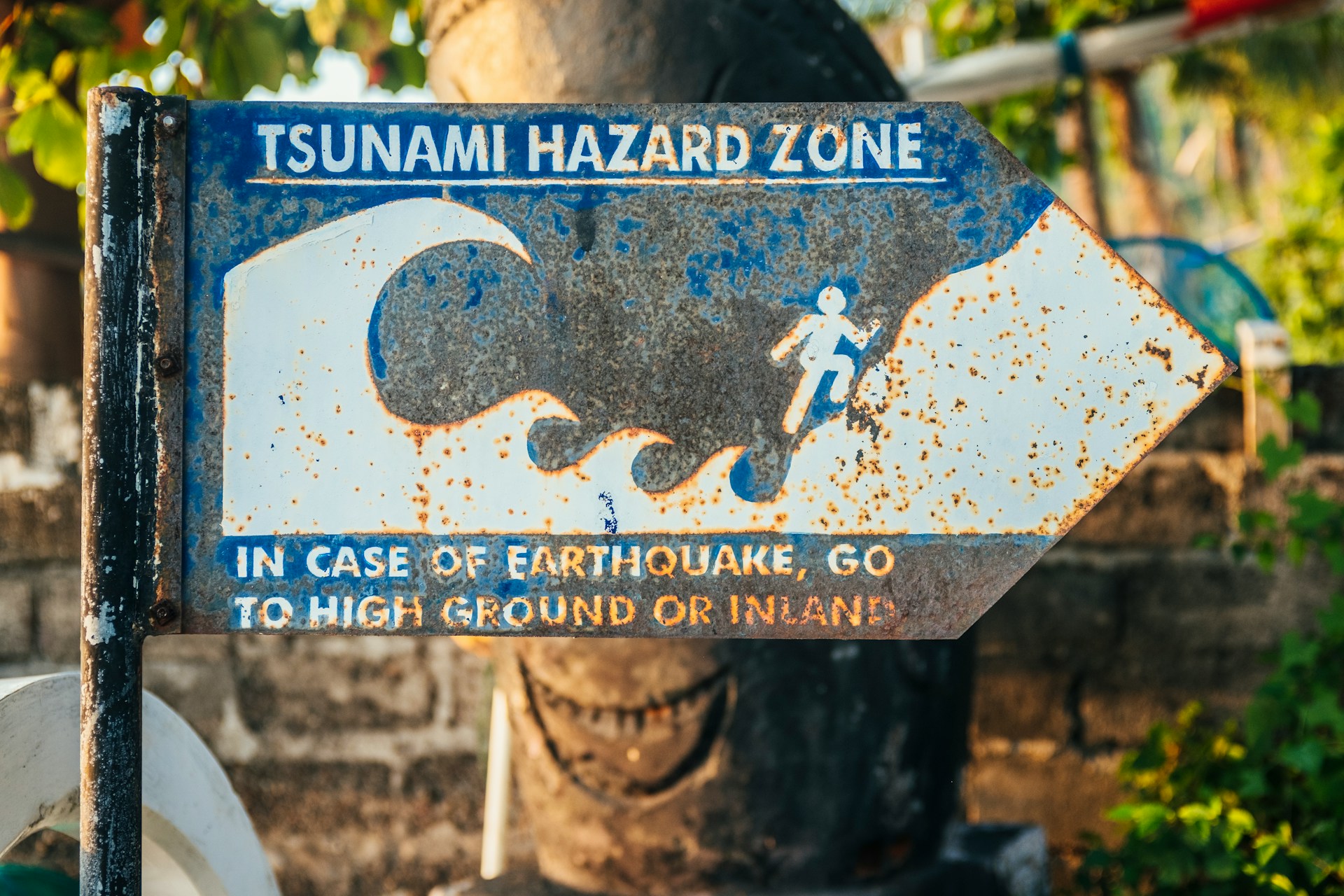
In fact, the initial wave might not even be the biggest, and frequently, the second, third, fourth, fifth, or even subsequent waves, can be larger and cause even more damage.
If the carnage caused by the first wave wasn’t enough, further destruction is inflicted because as each wave retreats, it leaves the sea floor exposed. The following wave then crashes ashore carrying with it much of the debris from previous waves that had been washed out to sea.
The length of the impacted coastline can be geographically extreme too, with some tsunamis reaching up to around 60 miles (100km) long. Also consider that during the Indian Ocean tsunami, waves were recorded to be traveling at 500 miles (approximately 805km) per hour.
How to observe World Tsunami Awareness Day
World Tsunami Awareness Day is about getting international communities, organizations and governments to work together to lessen the impact of tsunamis across the globe.
Tsunamis can’t be prevented but their catastrophic impact can be reduced if coastline communities understand the risks of living in a tsunami-prone region, and know how to react.
For example: The authorities must warn the local population as far in advance as possible when a tsunami is forecast, and they must ensure that people know how to respond - for example by getting as far inland or to the highest ground possible.
If you live in a region that is at risk from tsunamis, you may find that there are events being held to help educate and prepare the community, and you can also use the hashtag #WorldTsunamiAwarenessDay to spread your own message.

Eve Church
Eve is Martide's content writer, publishing regular posts on everything from our maritime recruitment and crew planning software to life at sea. Eve has been writing professionally for more than two decades, crafting everything from SEO-focused blog posts and website landing pages to magazine articles and corporate whitepapers.
UK

is the only site for maritime jobs
